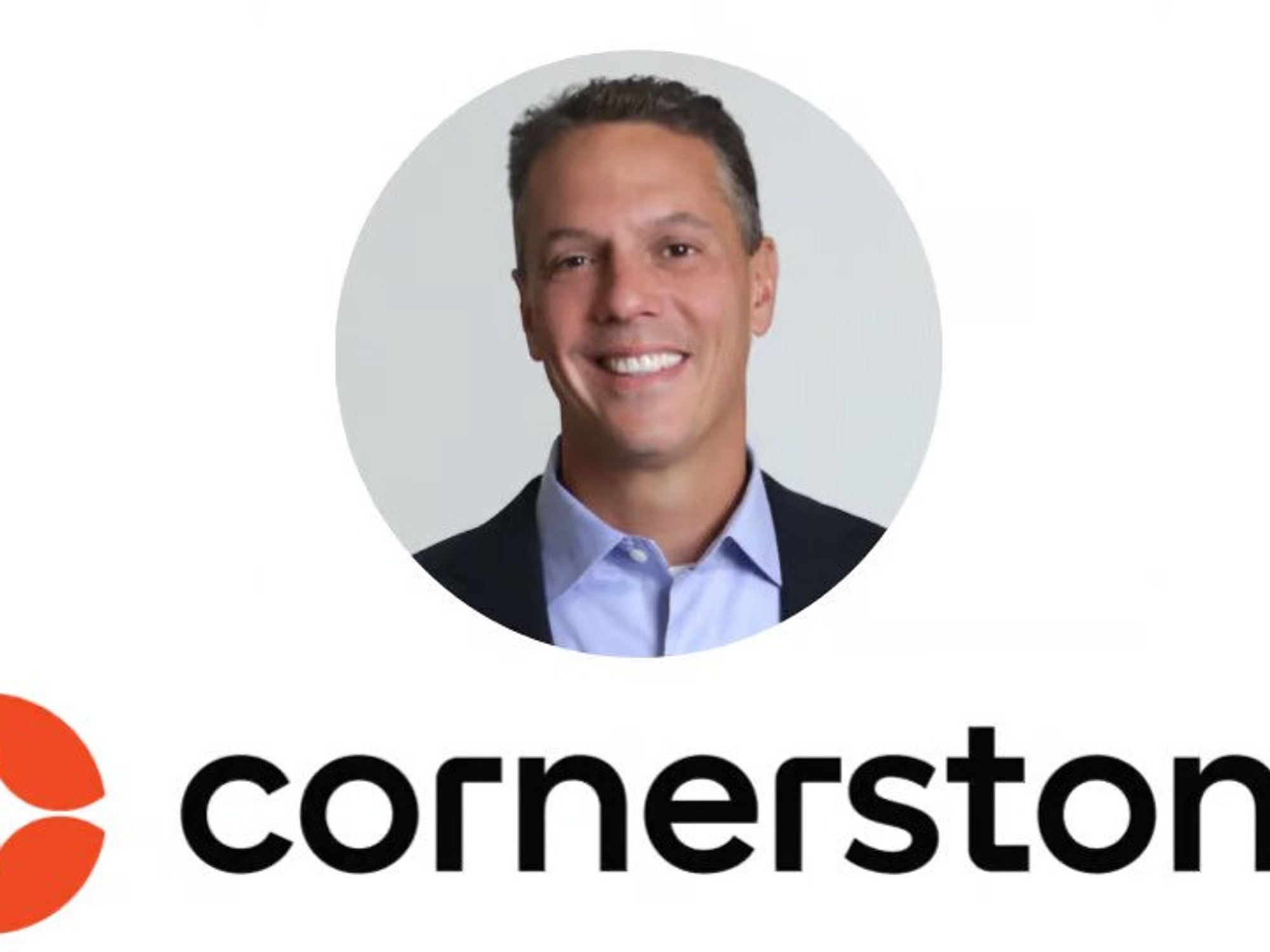Adam Miller's First Act

If you don’t know Adam Miller, he is almost certainly the most important person in LA tech you’ve never heard of. If you know Adam, congrats! You’re a lucky individual. Read on anyway because I’m sure you’ll learn something new about one of the godfathers of tech in Los Angeles.
Given all the interesting things Adam has done and is doing, we’re going to be telling his story in two parts. Today’s edition discusses Adam’s first act, covering his early days through the eventual IPO and $5.2B sale of his company, Santa Monica-based HR tech juggernaut Cornerstone OnDemand. Next week you’ll read about Adam’s second act - how he’s taken the learnings from Cornerstone and used them to build an ecosystem of tech startups and nonprofit organizations bettering LA and the world.
Let’s get going.
_______________
👦 Early Life
Adam grew up in northern New Jersey, and, like a number of other successful entrepreneurs, was a late bloomer. Adam was a self-described “follower” until later in high school, when he came out of his shell. One clue that Adam might not be exactly like the other kids emerged when a beloved teacher and the principal of his high school both came under fire from the school board. Adam, a student at the time, led the defense of the embattled educators, organizing the student body to protest and successfully presenting to the school board to protect the teachers. Adam went on to graduate high school as student body president, editor of the school newspaper, and a varsity athlete.
As has become a theme in Adam’s life, he didn’t rest on his laurels. Moving onwards and upwards to the University of Pennsylvania, Adam prepped to become a lawyer. He studied history and business and got his start in homeless advocacy (more to come on that in our next piece on Adam’s second act).
👨🎓 Education
The summer before senior year, Adam took a class at UCLA and got a job as a bar manager at a restaurant in Westwood. Adam so impressed the general manager of the LA restaurant that the GM asked Adam to join him as his business partner in buying a new restaurant with him right out of college. He must have been a pretty good bar manager, right? The only problem was that Adam had already planned his life out and was going to be a lawyer. He was admitted to UCLA Law School for the upcoming year and was right on track. So of course, Adam said yes to both law school and the restaurant. If that wasn’t already doing enough to kill the average person, he then decided he wanted more formal business training as well, so he got an MBA from UCLA at the same time.
📈 Cornerstone
After finishing grad school and exiting the restaurant, Adam moved to New York to “keep learning about business” by working in investment banking for a couple years. At that time (the late 90’s), the dotcom boom was booming, and Adam had an idea to bring education via the Internet to people who couldn’t normally get it. Adam left his banking job and founded CyberU with a plan to provide an online direct-to-consumer continuing education platform for adults.
The timing was terrible. Adam started the company in 1999, and the dotcom bubble burst less than a year later. Funding for startups dried up, so the company had to keep costs minimal and generate revenue as fast as possible.

Startup funding plummeted just as CyberU was getting off the ground
CyberU wasn’t cutting it, so the company pivoted from a B2C model to a B2B model, shifting the target customer from individuals to some of the largest (and deepest-pocketed) companies at the time, including Washington Mutual, Smith Barney and Aon. The good news was CyberU, rebranded as Cornerstone OnDemand, quickly found product-market fit in the enterprise. Cornerstone was one of the first and, at that time, only companies to leverage the Internet to create an enterprise Learning Management System. The company delivered the classes and learning platform over the web, which often confused clients who expected all their software to live behind enterprise firewalls. Of course, today we call what Cornerstone did Software-as-a-Service.
From there, it took 6 more years, investments from family and friends, credit card debt, and money from a loan shark to keep the lights on before Adam raised his first venture capital round from Bessemer Venture Partners in 2007. Cornerstone raised more money in 2009 from Meritech Capital before going public with Goldman Sachs in 2011. From inception to IPO, the company only burned $11m, less than the average Series A round today.
Adam continued to lead Cornerstone as CEO after the company went public. Along with product diversification and multinational expansion, he navigated direct competition with Oracle and SAP, financial market volatility, activist attacks, and the challenge of integrating a massive acquisition during a global pandemic.
Then in mid-2020, after two decades at the helm, Adam transitioned into an Executive Chairman position and oversaw the 2021 acquisition of the business by Clearlake Capital for $5.2B.

Cornerstone’s broad product catalog today
At the time of the acquisition, Cornerstone had over 3,000 employees with offices in 25 countries, had helped develop over 75 million customer employees, and had delivered over a billion online classes. Today, the company retains its core learning management functionality and has built broader human capital management, talent management, and performance management software, along with a multitude of other solutions.
So what is Adam doing in “retirement?” More than most of us do in a lifetime. From co-founding and serving as CEO of a new tech startup to venture investing to combatting homelessness in LA to incubating and launching MORE startups, Adam is busier than ever.
Next week, we’ll cover all Adam’s new ventures in his second act.




